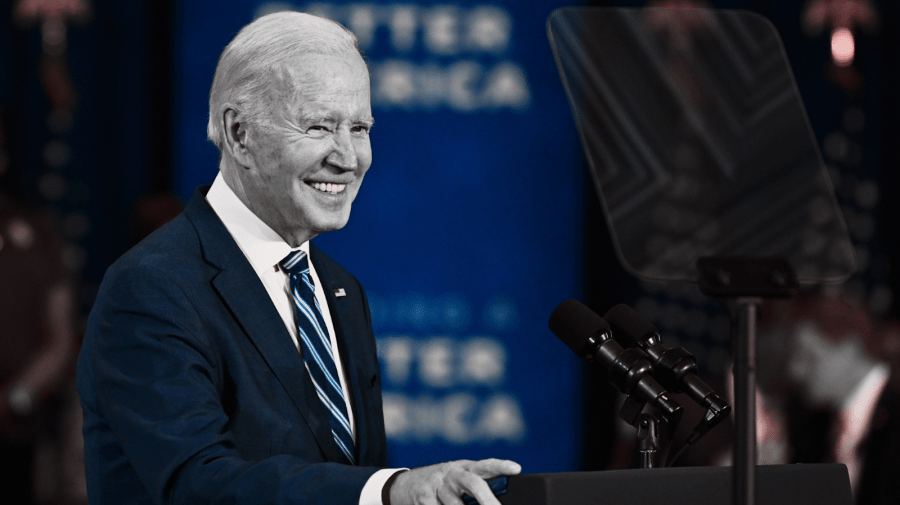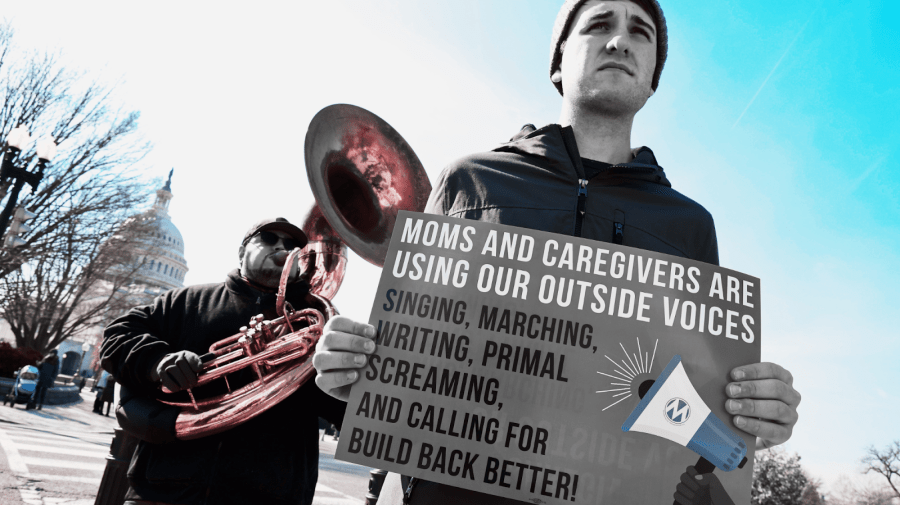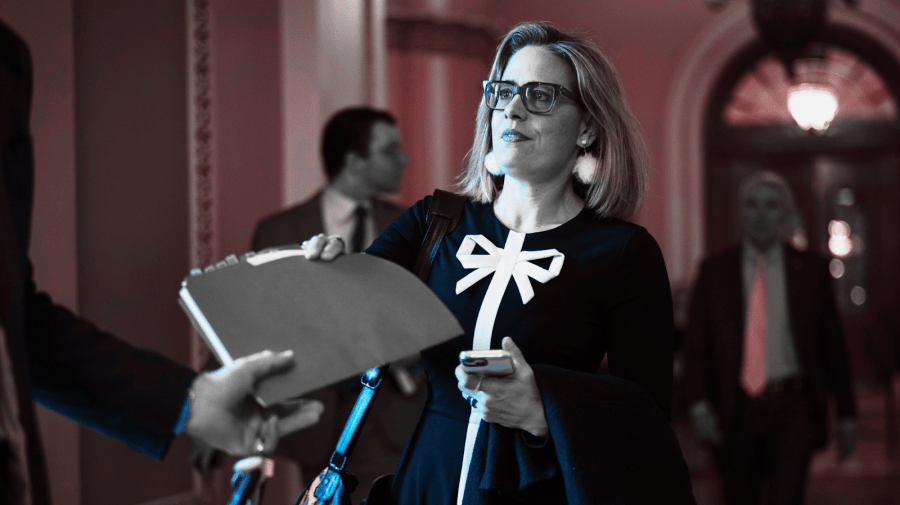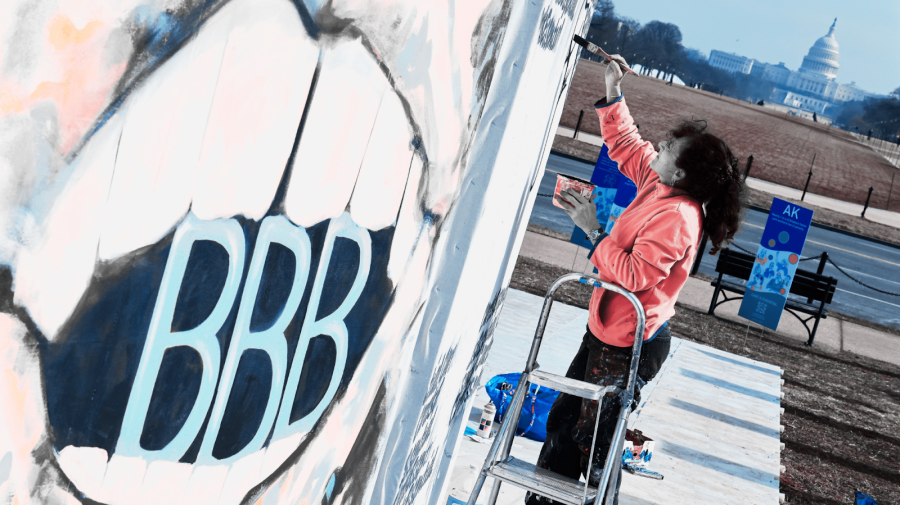Bill of Rights Bill of Rights Easy Way to Remember

In October 2021, President Joe Biden announced the Build Back Better Framework, outlining changes he felt would benefit the U.S. economy, support the middle class and help the country find footing in a challenging post-COVID-19 world. However, legislation rarely moves forward seamlessly — nor does its final form align perfectly with the initial pitch. The same is true of the Build Back Better bill, which has been stalled for months.
Like many Americans, you may be wondering if what was proposed in the Build Back Better Framework will ever pass — or if its failure looms. Here, we're taking a look at the bill's current status and updating you on everything you need to know.
What Is the Build Back Better Bill?
The Build Back Better Act aims to fund a wide range sectors, all in the hopes of strengthening the U.S. economy, safeguarding the environment and reducing hardships on low-income and middle-class Americans. The legislation covers a lot of territory.
At first glance, some of the ideas outlined in the act don't seem connected, but the nation — and its problems — are complex, which means solutions are rarely straightforward. For example, some sections of the proposal focus on housing assistance programs, while others concentrate on national cybersecurity improvements.
Another example? The Build Back Better bill proposes improvements to both childcare and infrastructure; these ideas may seem unrelated, but both will help families return to work more easily. Like we said, it covers a lot of territory.
However, despite the varied content, the sum of the legislation's parts creates a unified approach to rebuilding the country in this post-height-of-COVID-19 landscape. Additionally, the initial version of the Build Back Better bill contained a comprehensive plan for covering its own costs; namely, high-income households and certain large corporations would shoulder more taxes in order to strengthen the country as a whole.
The original version of the Build Back Better bill came in at an estimated cost of $3.5 trillion. This initial vision covered a wide range of points — everything from tax deductions to clean energy programs.
Some examples of the points include: proposals to increase the state and local tax deduction(s); protect a tenant's right to organize; make healthcare more affordable; and create more affordable housing. All of these proposals, as mentioned above, would be paid for by the introduction of new tax rates on high-income households and large corporations.

Other parts of the proposal covered Biden's clean energy program, changes to oil drilling, funding for NASA, money for transportation and infrastructure improvements, and funding to lower carbon emissions in the aviation industry. Additionally, early versions of the Build Back Better bill aimed to extend child tax credits, earned income tax credits and Affordable Care Act subsidies.
But as the legislation makes its way through Congress, plenty of changes are bound to happen. A revised version of the Build Back Better Act ultimately passed in the house. However, like the Equality Act and other high-profile legislation, it has been stalled in the Senate.
Who Is For and Against the Build Back Better Act?
Generally speaking, the Build Back Better Act is a party-lines issue. For the most part, Republicans in Congress are against the legislation, citing its cost, and proposal to raise taxes on the wealthiest Americans, as their main concern. Other Republican lawmakers don't support specific points that were proposed in the original bill.
For the most part, Democratic lawmakers generally support the vision outlined in President Biden's Build Back Better plan. For Democrats, expanding access to social services, making healthcare more affordable and promoting clean energy are usually priorities — and the legislation touches on all of these points.
Since the Democrats currently hold a functional majority in Congress, it seems like the Build Back Better bill would pass without too many hiccups. However, support for the legislation wasn't universal among all Democratic lawmakers.
Senator Joe Manchin and Senator Kyrsten Sinema Have Stalled the Legislation
While the Build Back Better bill had enough support in the House to pass without much issue, the situation has been much more challenging in the Senate. Without full support from Democrats — or without Republicans crossing the aisle to pass the legislation — the act would, essentially, die in the Senate. Early on in the process, Senator Joe Manchin (D-WV) and Senator Kyrsten Sinema (D-AZ) both expressed doubts about the legislation.

For Manchin, the total cost was too high, but, then, he later stopped supporting across-the-aisle compromises he had a hand in designing. More recently, Manchin has indicated his support for a scaled-back version of the bill. However, he's also stated that he wants half of the revenue to go toward a deficit reduction, saying it's the "only way you're going to fight inflation."
Senator Sinema, meanwhile, was similarly reluctant to increase taxes on corporations. More to the point, she felt the price tag was too high. While some have applauded Sinema for going against her party's efforts, many of her former supporters find her actions perplexing. "A lot of [Sinema's] longtime friends and confidants are no longer there," a Democratic strategist told The Daily Beast. "No one knows, to be honest, where she's at."
That said, without the full support of their party, Democrats have had to rely on negotiations. Of course, in this highly stratified climate, that strategy hasn't yielded results — yet. For now, the legislation is stuck in limbo, and it's not clear when, exactly, it'll become a top priority in the Senate again.
So, Is There a Path Forward?
In recent months, President Biden has attempted to resurrect the Build Back Better bill. But the conversation around the legislation seems to have really faded into the background. Needless to say, if lawmakers — and Americans — want to push the bill forward, there'll have to be some room for compromise.
If Democratic lawmakers are able to agree on a version of the bill that reduces the deficit — as Senator Manchin proposed — then they might find enough votes to make Build Back Better's initiatives a reality. Manchin, thus far, has made a very broadstrokes proposal, but it's possible that Democrats could find a middle ground with their dissenting party member. For example, a plan that funds smaller policies and reduces the deficit might hold broader appeal.
Aside from compromise or failure, are there any other options? Well, according to Vox, "If Democrats aren't able to reach a deal on a reconciliation bill, it's possible they turn to bipartisan alternatives on some of the issues they hoped to address, like lowering prescription drug prices." That is, instead of passing a far-reaching piece of legislation like the Build Back Better Act, lawmakers could focus on more focused bipartisan bills that, specifically, address some of these issues.

How the Build Back Better Bill May Influence Upcoming Elections
With mid-term elections on the horizon, the Build Back Better bill — and whether it passes, fails or continues to stall — may hold a lot of sway over local and state elections.
For some voters, there may be a degree of disenchantment with Democratic lawmakers; they've held a functional majority for the last two years, but little progress has been made on issues that are important to many Americans. Of course, the Democrats' inability fulfill these promises also stems from just how stratified Congress (and the larger political climate) is right now. Still, some independent or centrist voters might express their disappointment at the polls.
Another possibility? A voter might focus on new candidates if their current representatives are either A) letting them down, or B) maintaining a perspective on the Build Back Better Act that they don't agree with. Not to mention, there are some tight races. For starters, Republicans are defending two Senate seats in states that President Biden won during the 2020 presidential election. If voters in those states support Build Back Better, those incumbents might not be reelected.
Finally, if the bill passes before Election Day — either in its current form or not — its impact could sway voters. Theoretically, the legislation would benefit low- to middle-income households rather significantly, which means these voters may turn up in support of Democratic candidates at the polls. However, it's important to note that the impact of the Build Back Better bill on the upcoming mid-term elections is speculative right now.
Source: https://www.ask.com/news/build-back-better-bill-status-update?utm_content=params%3Ao%3D740004%26ad%3DdirN%26qo%3DserpIndex&ueid=a699b8b6-83bf-4c3a-8db2-3b09ba7ad38e
0 Response to "Bill of Rights Bill of Rights Easy Way to Remember"
Post a Comment